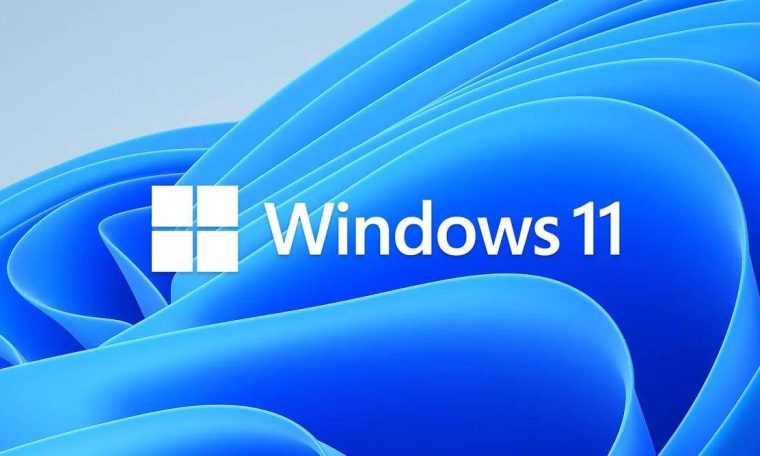
Windows 11 brings many visual and functionality changes and going through all of them will take some time for most users.
If you recently upgraded to Windows 11 and want to make some productivity changes from day one, you can adjust some settings to make it look like Windows 10.
Here are five settings you should change immediately after upgrading or starting Windows 11
re-aligning the start button
One of the first things you’ll notice in Windows 11 is the macOS-like taskbar, which is now center-aligned. All of your pinned apps and the Start button are pinned to the center of the screen. However, you can change this and align your taskbar to the left again.
To do this, simply right-click on an empty area of the taskbar and click on the Taskbar Settings button. In the sections you see, expand the ‘Taskbar Behavior’ section and choose Left instead of Center from the Taskbar Alignment drop-down menu.
remove unwanted items from taskbar
The Windows 11 taskbar also integrates options such as Microsoft Teams and Task View buttons. You can choose to remove these options if you do not use them. To do this, go back to Taskbar Settings by right-clicking on an empty space on the taskbar.
Expand the “Taskbar Items” section and uncheck all the apps you don’t want pinned to the taskbar.
Right-clicking on any drive or folder in Windows 11 brings up a new context menu, where many of the options you might use frequently are hidden beneath a new ‘Show more options’ button.
While this new style may work for some people, others may find that there are now persistent options hidden behind an extra click.
To go back to the old-style Windows 10 context menu, follow these steps:
- first stage: Open Registry Editor by pressing ‘Windows Button + R’ on your keyboard. Type ‘regedit’ and press Enter.
- Phase 2: Navigate to HKEY_CURRENT_USERSOFTWARECLASSESCLSID and right click on the CLSID folder and select New / Key. Name this new subfolder ‘{86ca1aa0-34aa-4e8b-a509-50c905bae2a2}’ (with square brackets).
- step 3: Now create a new subfolder in the newly created subfolder in the same way. For doing this. Right click on the key {86ca1aa0-34aa-4e8b-a509-50c905bae2a2} and select New /Key and name it ‘InprocServer32’. Once created, double click on the ‘Default’ key in the right pane and click ‘OK’, keeping your value column blank.
Restart your system and you should see the expanded context menu straight away.
new window docking option
Windows 11 offers more window docking presets instead of the usual 50-50 split. The new options also let you quickly snap three or four windows.
To use this feature, hover over the ‘Maximize’ button (the button between minimize and close) in any window and you will see new options appear. Click on the layout of your choice and Windows will automatically align your open windows accordingly.
Title Bar Vibration Feature
The ‘Title Bar Shake’ feature is an advantage if you work with multiple windows and programs open at the same time. Whenever you have too many windows open, just click on the title bar of the main window you’re working on and drag it left and right a few times to quickly minimize all other windows.
However, you must first enable this feature for it to work. To do so, navigate to Windows Settings / System / Multitasking and enable the ‘Title bar window shake’ feature.



